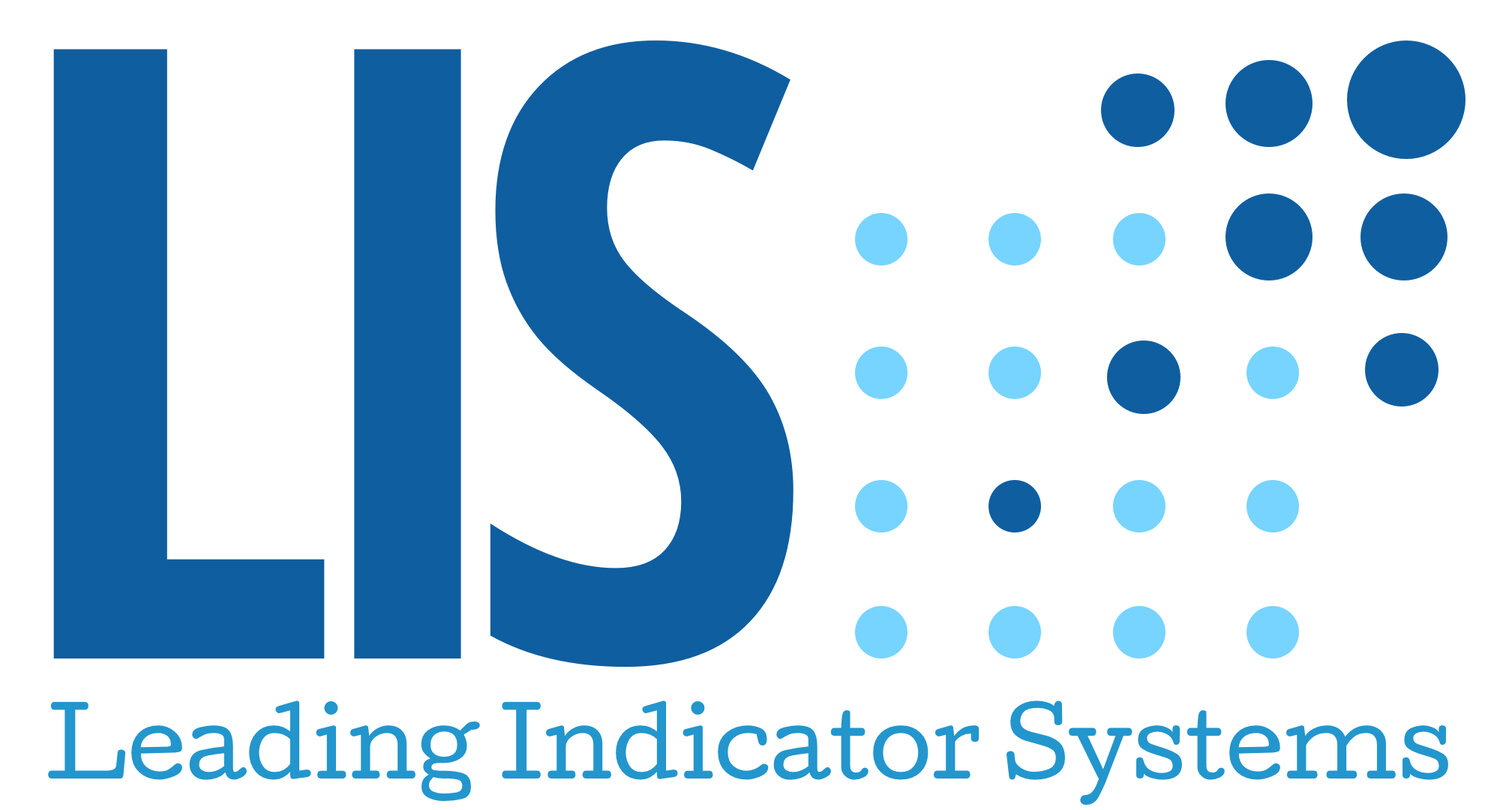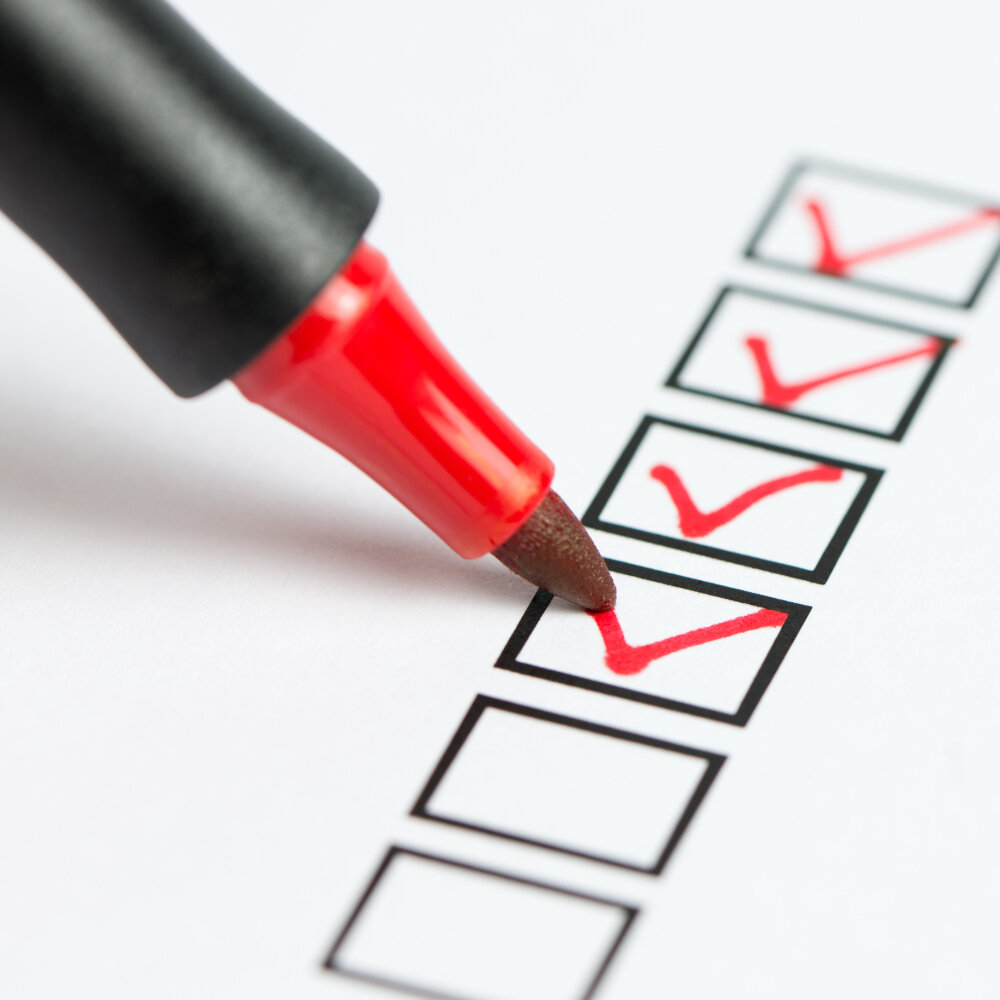
LIS Program Design Services
Leading Indicator Systems uses a rigorous methodology to design great assessment programs.
Program Design Process
STEP ONE - Specification Phase
We work with you to clearly articulate your business objectives and identify the resources - internal and external - to inform the development effort.
Business Objective and Program Parameters
This is a collaborative upfront process that kicks off in the initial working sessions and comes together over the course of several follow-up sessions. Taking time to work the program definition pays dividends in building team alignment. Program parameters, including target audience, user access and experience, timelines and other important considerations, get hashed out over several working sessions. Consulting the objectives and parameters from time-to-time provides an important reference point.
Relevant Resources to Inform the Process
LIS works with you to identify relevant information, which can include internal business documents as well as industry and scholarly research. We quickly synthesize these materials to inform content and learning design efforts.
STEP TWO - Assessment Design Phase
We model the issue being assessed, craft behavioral items to fill out that model, link other valuable data sources and test content to ensure validity.
Conceptual Model
Crafting a conceptual model ensures that the business objective (in the illustration here, Organizational Alignment) is being assessed comprehensively (scope) and thoroughly (depth) enough to generate the desired insights. In the model illustrated here, Organizational Alignment addresses 3 high-level dimensions:
Strategic Direction – Are we headed in the right direction?
Resources & Capabilities – Do we have the tools to get us there?
Employee Engagement – Are our people on board for the journey?
Each dimension can be further broken-down into logical groupings (we sometimes call them factors or attributes or even buckets). These buckets represent the important areas that fully describe the dimension. So, for example, the Capabilities dimension includes 4 factors:
Process Efficiency & Control
Tools & Technology
Measurement & Evaluation
Timely & Effective Training
This example is a 3-tier model: 3 high-level concepts or dimensions, each containing 3 factors, provide a comprehensive framework that fully describes the business objective (in this case organizational alignment). The actual survey questions reside within each factor.
Instrumentation
With a team of survey experts, Leading Indicator Systems has crafted effective and validated survey instruments for two decades. Over that time we’ve built an extensive content library, including well over 3,000 psychometrically-sound questions (we call them items) to draw upon and we rarely go a day without crafting new ones. So, our survey instruments are extremely well-informed. LIS also maintains a comprehensive set of normative data on library items, so you will understand exactly how well your group is performing relative to benchmarks.
LIS Craft: We’ve developed a technique to deliver the most accurate and timely benchmarks. We’d love to tell you about it.
Data Design
Identifying the groups of people and data to inform the assessment is a critical step. Is the assessment best accomplished as a straight survey like the Organizational Alignment example above? Or is the assessment best accomplished by surrounding the object with feedback from groups that may have different perspectives, as the 360º feedback example here illustrates. The object may be a manager going through a leadership development exercise or it might be a large client engagement going through the post-engagement debriefing. Identifying all the relevant feedback groups is critical for a full and balanced assessment. Those can often include non-traditional groups, like clients, mentors, board members or even family.
Validation
Relying on unvalidated assessment findings – whether from an employee engagement survey or a leadership 360 assessment – is a risky proposition. Validation is the process by which we confirm that the survey content will yield accurate and meaningful information, rather than bad decisions and derailed careers. Get validated!
LIS Craft: We’ve developed a technique to accelerate validation. We’d love to tell you about it.
STEP THREE: Learning Design Phase
As we work the content design, we are thinking ahead to learning. How will survey results translate into insights for the intended audience – be it a high potential looking for feedback to grow as a leader or an entire organization looking for systematic insights to drive performance.
Results & Report Design
Leading Indicator Systems was founded with a deep information design ethic. A well-constructed survey may yield important insights. Without giving thought to how that information is conveyed, however, the likelihood of high impact is low. LIS has developed an extensive library of visualizations that it calls on designing client reports. In addition, the LIS design and development team can create custom visualizations to convey information in ways that work best for your organization. Finally, LIS can exactly match your existing report designs “down to the pixel” so that your clients and colleagues never know the difference.
Program Communications, Support & Interventions
Leading Indicator Systems works with you to deploy effective communications to support the assessment program. These can include email invitations to provide feedback, enroll participants, retrieve reports and other materials. Leading Indicator Systems works with you to deploy materials to support maximum learning from the program. These can include user guides, FAQs, action planners and coaching guides. We can also work with you to identify and design targeted interventions to further learning and catalyze action around assessment findings.
7 Best Practices for Survey Program Design
Before you launch a survey program (big or small), make sure you’re aligned with these best practices
Survey Program Design Best Practices
Irrespective of the focus (strategic or tactical), scale (25 or 25,000 employees) or scope (local or global), effective workforce survey programs share a common set of characteristics:
A Clear Business Objective
Sound Survey Content
A Balanced Effort
Actionable Insights
Powerful Narratives
Targeted Actions
Organizational Engagement


